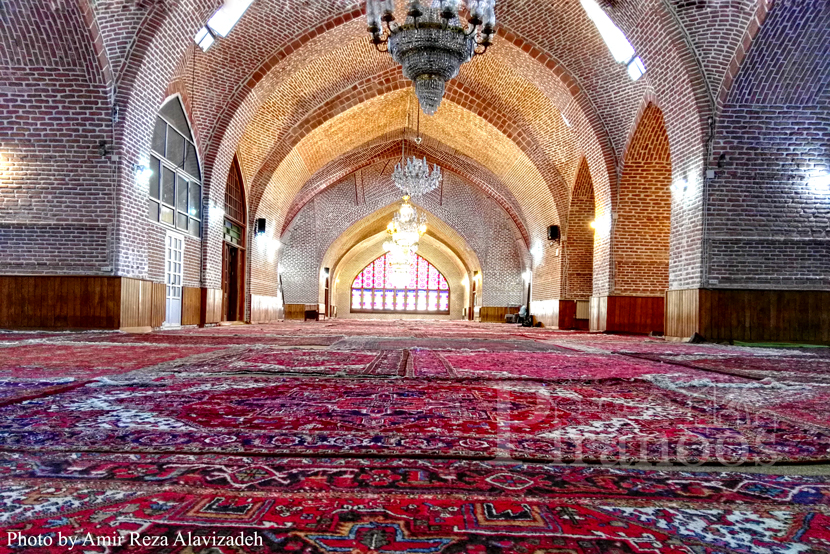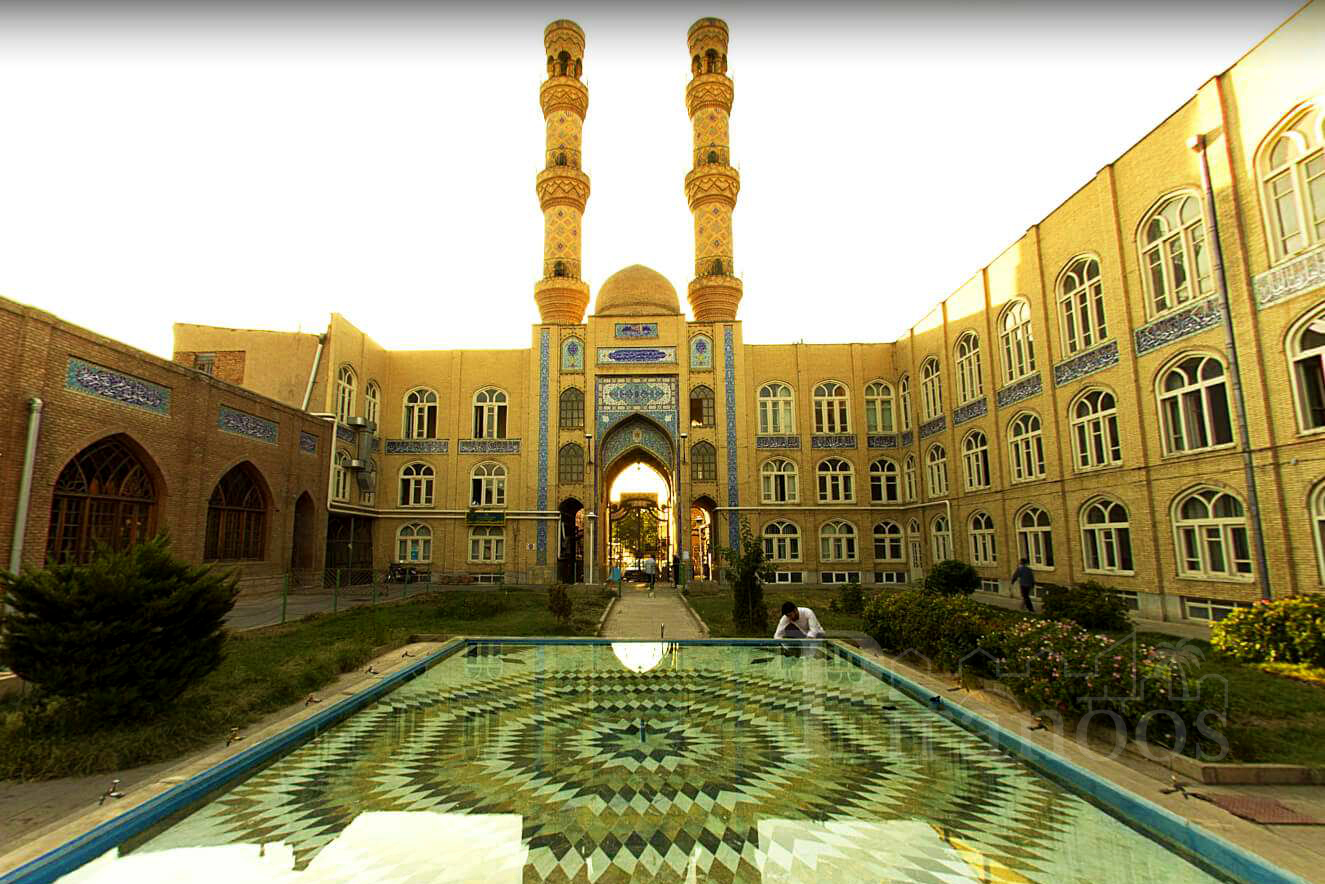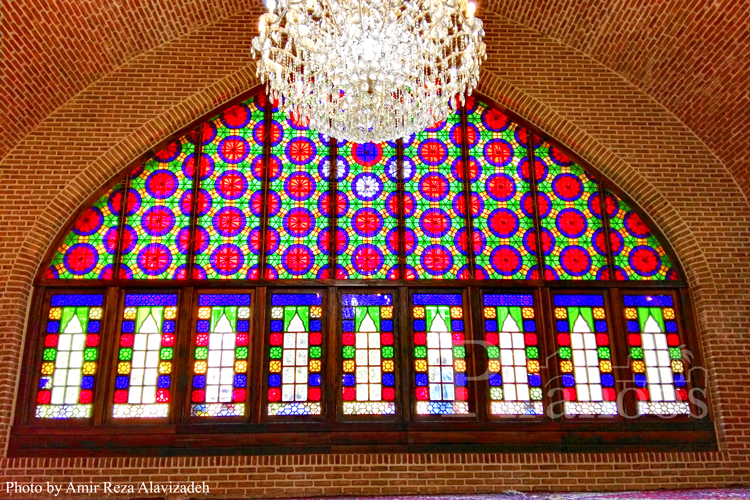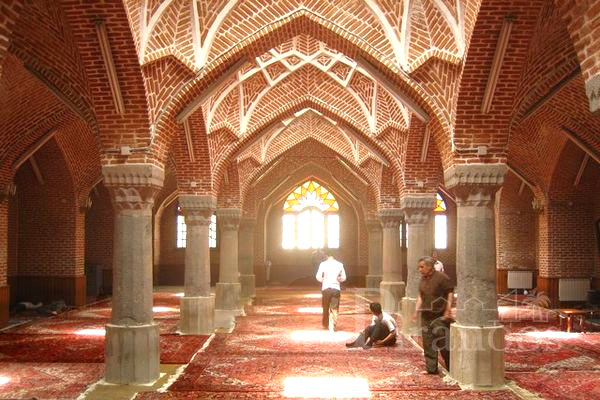Tabriz is one of the greatest and most valuable cities of East Azarbaijan province which besides being the biggest city in northwestern region of Iran, it is also the economical, commercial, political, industrial, cultural and military center of this region. Jameh Mosque is one of the most fascinating monuments of Tabriz. The mosque, also referred to in the history books as the “Grand Mosque”, was founded as the main mosque of Tabriz city and the old Bazaar of Tabriz was built around it. This Mosque is an ancient monument belonging to the Seljuk period. It has been registered as one of Iran national monuments in 1932.

Tabriz Mosque, also known as Jome Mosque and Kabir Mosque (Grand Mosque), is one of the oldest historical monuments in the city. This magnificent monument dates back to the reign of the Seljuk kings (5th-6th centuries AH). Unfortunately, several parts of this monument, including some of its arches and vaults, were damaged due to the earthquake that took place in Tabriz in the year 1193 AH. After the earthquake and during the early years of the Qajar era, Hussein Quli Khan Danbali, one of the rulers of Tabriz at the time, restored this old mosque. Tabriz mosque has always been renovated from the Seljuk era to the Qajar era.

The Jame Mosque of Tabriz is one of the perfect examples of the original Iranian mosques.
According to studies done by experts in architecture and historians, it seems that the mosque was originally a prayer house called Tabriz Jame, which has undergone extensive changes during time. The current mosque has two entrances, one opening to the courtyard (Sahn) and the other to the adjacent alley. The mosque building has 60 meters length and 15/20 meters width, covered with beautiful brick vaults.
One of the oldest parts of the mosque is a Shabestan (part of great mosques with roof and columns) that consists of numerous octagonal stone pillars, amazing vaults and domes. The roof of this Shabestan is covered with brick and mosaic, and the mosque is basically simple and devoid of any extra decoration and adornments. One of the oldest decorations inside the mosque is a very exquisite altar (Mehrab) adorned with a very delicate stucco inscription. This inscription has floral motifs and arabesque lines and patterns, and around it is verses of Holy Quran in the Kufic calligraphic. This elegance and delicacy in the stucco inscription on the altar indicates that this altar was built in the reign of the Ilkhanids. In one of the western rooms of the first part of the mosque, a marble stone is mounted to the south wall and a decree from Shahmasbah I (930-984 AH) is written in twelve rows on a Thuluth calligraphy, which is historically significant.
There are two inscriptions in the Tabriz Jame Mosque, one belonging to Shah Tahmasb Safavi and the second inscription belonging to Shah Hossein Safavi.
There are four mosques around the Jame mosque. Khale-Oghli or Alchalegh mosque, the great Hojat ol-islam mosque, the small Hojat ol-islam mosque and the Ismaeil mirza mosque were four mosques adjacent to the Jame mosque but today the walls between them have been removed and the smaller mosques have now become the Shabestans of the Jame mosque. Around the mosque there used to be two religious old schools; one of them was completely demolished. Across the mosque there is the recently renovated Talebiyeh School.
Behind the eastern wall of the Tabriz Jame Mosque, a huge mosque has been constructed, consisting of 10 columns and brick vaults. Among the local people, this part of the mosque is known as the Winter Mosque, which does not seem to have a long history.

